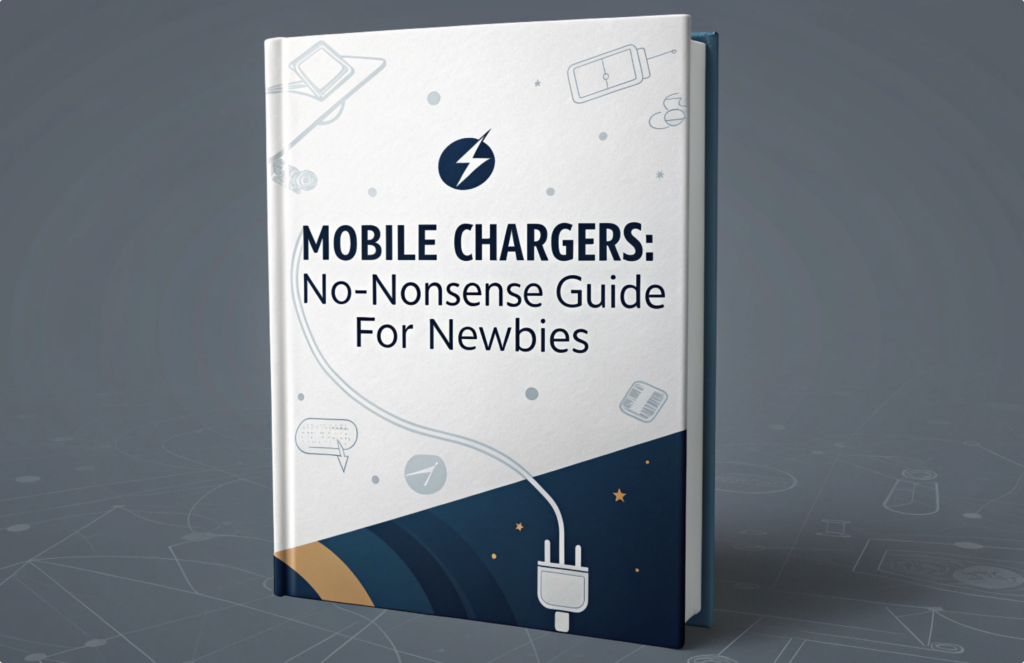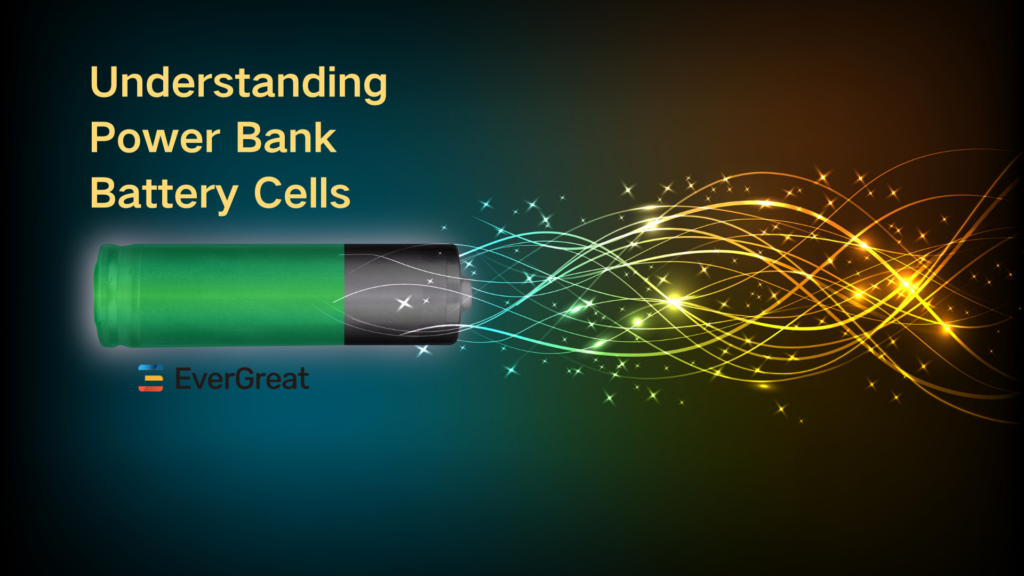
You may think that wireless charging is a useless thing. However, with the gradual development of wireless charging technology over the years, mobile phones have an unprecedented smooth experience, especially now, the speed of wireless fast charging has increased significantly. In this article, I will talk about my understanding of wireless charging through several aspects based on my experience.
Wireless charging, also known as inductive charging, is a convenient, cable-free way to charge electronic devices. The principle of wireless charging has the following three common ways:
- Electromagnetic induction mode
That means the alternating current of a certain frequency in the primary coil generates a certain current in the secondary coil through electromagnetic induction. Currently, the electromagnetic induction mode is the highest conversion efficiency and the smallest size, that is most suitable for use in portable devices.

- Magnetic resonance mode
It consists of an energy-transmitting device and an energy-receiving device. When the two devices are adjusted to the same frequency, or resonate at a specific frequency, they can exchange energy with each other. This is a technology being studied. Compared with electromagnetic induction, based on magnetic resonance, wireless charging achieves long transmission distance, efficient power supply, and is a one-to-many power supply mode.

- Radio reception mode:
This is a relatively mature technology. The principle is to convert electromagnetic waves into electric current and transmit electric current through the circuit. The transmission distance in this mode is more than 10 meters, which is suitable for long distance charging, and also be automatically charged anytime and anywhere. However, due to the low conversion efficiency, the charging time will be longer.
In the above three modes, electromagnetic induction is the most mainstream technology of wireless charging. And this technical standard is launched by WPC and is called QI standard. What is the QI standard? There are currently five mainstream wireless charging standard: QI standard, Power Matters Alliance (PMA) standard, Alliance for Wireless Power(A4WP) standard, INPOFI technology, WI-PO technology.
- QI standard

QI is the “wireless charging” standard from the Wireless Power Consortium (WPC), which is the world’s first standardization organization to promote the wireless charging technology. QI has two major characteristics of convenience and universality. First of all, products of different brands can be charged with QI wireless chargers as long as they have a QI logo. Secondly, the QI standard overcomes the difficulty of the universality of wireless charging. In the near future, mobile phones, cameras, computers and other products can be charged with QI wireless charging, which provides the possibility for the large-scale application of wireless charging. The mainstream wireless charging technology in the market mainly adopts three modes, they are electromagnetic induction, Magnetic resonance, and Radio reception. Qi uses the most mainstream electromagnetic induction technology.
- Power Matters Alliance (PMA) standard
The Power Matters Alliance standard was initiated by Duracell Powermat. It is committed to creating wireless power supply standards for mobile phones and electronic devices that comply with IEEE standards and has a leading position in the field of wireless charging.
- Alliance for Wireless Power(A4WP) standard
A4WP is established by Qualcomm, Samsung and Powermat. The goal is to set technical standards and industry dialogue mechanisms for wireless charging equipment for electronic products, including portable electronic products and electric vehicles.
- INPOFI technology
iNPOFi wireless charging is a new wireless charging technology. Compared with other existing wireless charging technologies, its products adopt intelligent electric transmission wireless charging technology, with no radiation, high energy conversion efficiency, and weak thermal effect. iNPOFi technology, as a new generation of wireless charging technology standard, is efficient, green, convenient and economical.
- WI-PO technology
This technology uses a high-frequency constant-amplitude alternating magnetic field generator to generate a 6.78MHz resonant magnetic field to achieve a longer transmission distance. The technology realizes communication control through Bluetooth 4.0, which is safe and reliable, and can support one-to-many synchronous communication. It also has over-temperature, over-voltage, over-current protection and foreign body detection functions.
Through the above explanation, we probably know some about wireless charging. In daily life, the most common use is wireless charging of smartphones. The wireless charging of smartphones uses the principle of electromagnetic induction. So how does it work? I will show you the secret:

- A wireless charging generally includes an alternating current interface, an electronic oscillator, and a transmitter coil. The first step, you need to turn on the power.
- The electrons(electricity) inside the transmitter coil start to flow around in the coil.
- This generates a magnetic field.
- When the smartphone is close to the wireless charging, the receiver coil in the smartphone will sense the magnetic field transmitted from the charging.
- The electrons trapped inside the receiver coil start to flow around the coil due to the magnetic field and then generate current.
- The current flows through the rectifier and regulator to form a stable direct current, which charges the smartphone.
With frequent charging requirements, limited charging scenarios, potential safety hazards, and incompatible charging interfaces have become the main pain points of mobile phone charging. Wireless charging can realize the complete separation of electrical appliances and power sources, which can avoid leakage and running of electricity. Wireless charging technology is of great importance to the entire technology industry, the retail industry, service providers and consumers.
- The biggest advantage of wireless charging is convenience. You can easy to quickly charge your smartphone wherever you are. No cables, no clutter, no waiting. Just set your phone down on the charger, and it starts charging immediately – no need to free up your other hand to find and connect a cable. At present, wireless charging devices are now available in many cafes, restaurants and other public places, consumers can charge their smartphones almost anywhere and anytime. On the one hand, it is convenient for customers, and on the other hand, these service providers and retailers can use wireless charging to add value to their services.
- Secondly, another big advantage of wireless charging is universality. It doesn’t need to consider the application of charging cables. For example, iOS phones need Lightning cables, Android phones need micro-USB cables, and even new mobile phones need USB-C cables. It takes a long time to find the charging cable to match the phone when charging. But only one wireless charging pad can charge all mobile phones.
- Thirdly, no need to change the charging cable frequently. As we know, when the charging cable is used for a long time or the charging posture is incorrect, it will cause the ageing and damage to the charging cable, especially at the interface, which will break very quickly. If you do not pay attention to it, there may be leakage, which is very unsafe. But wireless charging does not have this problem. Wireless charging only needs to plug the cable into the charging pad. Although the cable will be damaged when using wireless charging, it will keep last longer.
- Fourthly, case compatible. Although wireless charging requires a physical connection between a phone and the charger, most wireless charging pads will work through every plastic phone case on the market. This means there is no need to remove your smartphone from the case to start charging.
However, compared with wired charging, there is still a huge space for the development of wireless charging as follows:
- The main reason for restricting the development of wireless charging is the low charging power and efficiency, which is also the complaint of many people that the wireless charging speed is too slow. However, in recent years, the power of wireless charging technology has increased from 5W to 15W, and the latest charging technology can reach up to 90% efficiency, which indicates that wireless charging technology will become more and more mature.
- Will the charger get hot? This may be a question many people ask. All chargers create some heat as they charge. Wall chargers, docks, and even portable power banks lose some energy in the form of heat. Wireless chargers are no different. Chargers that have been through extensive efficiency testing will minimize the amount of energy wasted through heat, so it’s worth choosing a reputable brand.
- Somebody will ask: Is the radiation generated by wireless charging of mobile phones harmful to the human body? Wireless charging with mobile phones will produce a certain amount of radiation, but if it is of good quality and used correctly, this radiation almost has no harm to the human body. On the one hand, when wireless charging, the magnetic field is closed and the external radiation is very small. on the other hand, as long as the product is certified by the national 3C, it will go through strict inspections, and the radiation generated must also meet certain standards, and will not cause harm to the human body.
Looking forward to the future of wireless charging, what can we expect? In the 5G ear, everything is connected and wireless charging continues to expand new applications.
- With the continuous maturity of related technologies, wireless charging will be increasingly used in the Internet of Things such as smart homes, smart cars, smart cities and so on in the future. With the gradual penetration of wireless charging in consumer electronic products, the application scenarios will be expanded to offices, restaurants, stations and other public places. For example, Starbucks and other catering companies have installed wireless charging devices in their stores. Wireless charging can meet the needs of car owners charging anytime and anywhere. At home, the entire wall or desktop may become a wireless power source. Arrange your office or build an entertainment system to avoid messy cables and switchboards. Nowadays, smart watches, bracelets, automatic toothbrushes and other electronic devices that need to be charged are increasing, but it is difficult to use the same charger for charging products with different functions and different modes. In the future, with wireless charging technology becoming more mature, it is expected to realize a wireless charging pad to meet the charging needs of all terminals.
- Scientists and engineers are working to bring other forms of innovative wireless charging to the masses, including magnetic resonance and long-distance true charging. With resonant charging, users don’t need to align their smartphone perfectly to the charger pad, they only need to keep the device near the charging source. Other future technologies offer the hope of charging over long distances, where the power source radiates charge across the area. After real charging from a long distance, just take a train or enter your favourite restaurant to power your device.
There is no doubt that wireless charging is a cool feature. As the industry continues to work on unifying standards and end-to-end wireless charging solutions, wireless charging technology will slowly enter the mainstream market, thereby pushing the connected world to realize its full potential.









